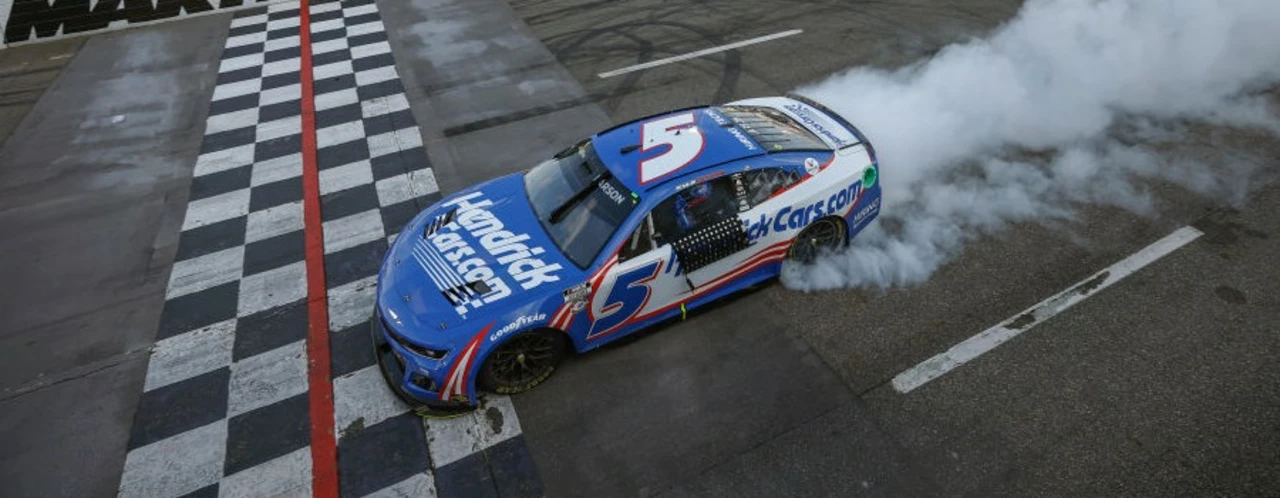Strategy: How Winning Plans Shape Motorsports, Sports and Business
Ever wonder why some teams keep winning while others fade? It usually comes down to strategy – the playbook behind every decision. In racing, a smart strategy decides when to push the engine, when to save fuel and how to out‑maneuver rivals. In football, it’s about line‑ups, clock management and exploiting opponent weaknesses. Even politics and corporate deals follow the same rule: a clear plan beats luck every time.
Racing strategy – more than just speed
Take BMW’s choice to skip Formula 1. Instead of splashing billions on F1, they focus on Formula E and DTM where the tech payoff aligns with their brand goals. That’s a classic cost‑benefit move: spend where you get the most exposure and R&D value. Brighton’s 15% sell‑on clause on Carlos Baleba works the same way – it lets the club lock in future earnings while still selling the player. Clubs use clauses like this to protect cash flow and stay flexible during transfer windows.
Game‑day strategy in football and other sports
The Bills vs. Ravens preview shows how opinions split when the betting line flips. Analysts look at recent trends, weather, injuries and even crowd noise to decide which side to back. A coach’s strategy might be to run the ball early, force the defense to bite, then open up the passing game in the second half. Same idea applies to IndyCar: Dario Franchitti’s four titles came from a mix of aggressive overtakes and tire‑preserving laps, a balance that turned him into a legend.
But strategy isn’t just for pros. Fans often ask, “Are race drivers athletes?” The answer is yes – they train core strength, reaction time and mental stamina just like a sprinter. Their training plan is a strategy to keep heart rate steady, avoid fatigue and stay focused for hours at a time.
Even politics uses strategic moves. Lucy Allan’s endorsement of a Reform UK candidate reshapes local power dynamics. By backing a rival, she signals a shift that can sway voters and force other parties to rethink their messages. It’s a reminder that strategic alliances can change the game without a single vote cast.
So, what can you take away from all this?
- Identify the core goal – win a race, score a touchdown, close a deal.
- Map the resources you have – budget, time, talent.
- Pick the tactics that give the biggest return – a sell‑on clause, a defensive formation, a tech partnership.
- Stay flexible. If a line moves or a market shifts, adjust quickly.
When you look at any sport or business, you’ll see the same pattern: plan, execute, review, adapt. That cycle is the heartbeat of every successful strategy.
Ready to sharpen your own approach? Start by writing down one clear objective for the next month, then list three actions that will move you closer. Track the results, tweak what doesn’t work, and you’ll be applying the same strategic mindset that fuels champions on the track, the field, and in the boardroom.
Motorsports and Racing

Is rubbing really part of Nascar racing?
As a passionate NASCAR fan, I've often wondered if rubbing is truly an integral part of NASCAR racing. After some research and observation, I've come to realize that rubbing, or when two cars make contact on the track, is indeed a common occurrence in this high-speed sport. Many argue that it adds an element of excitement and unpredictability to the races. However, it's essential to remember that safety must always be a priority, and excessive rubbing can lead to dangerous accidents. In conclusion, while rubbing might be an exhilarating aspect of NASCAR, it's crucial to balance it with responsible racing practices.